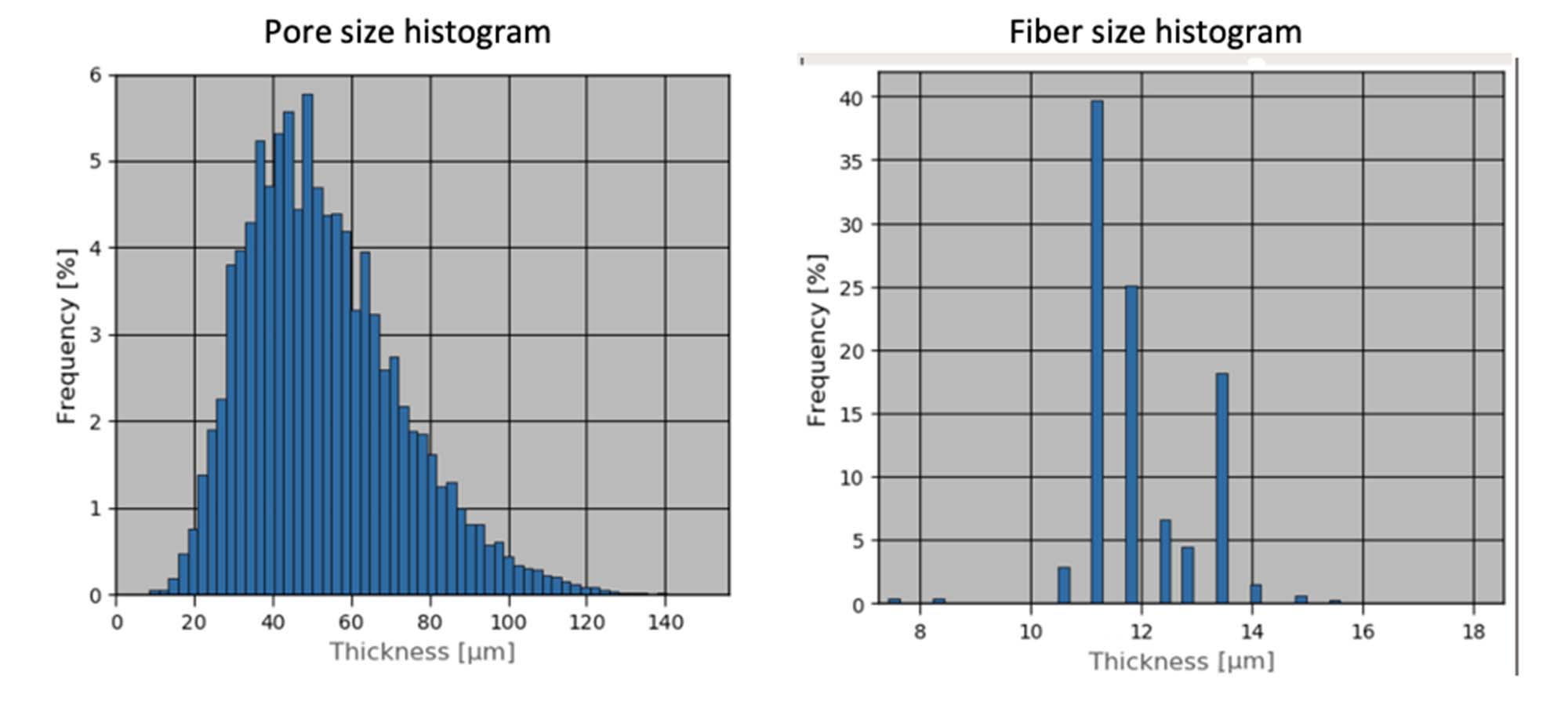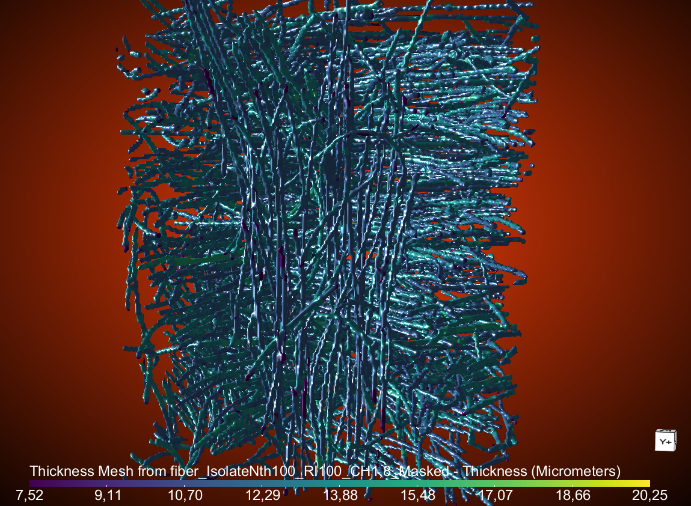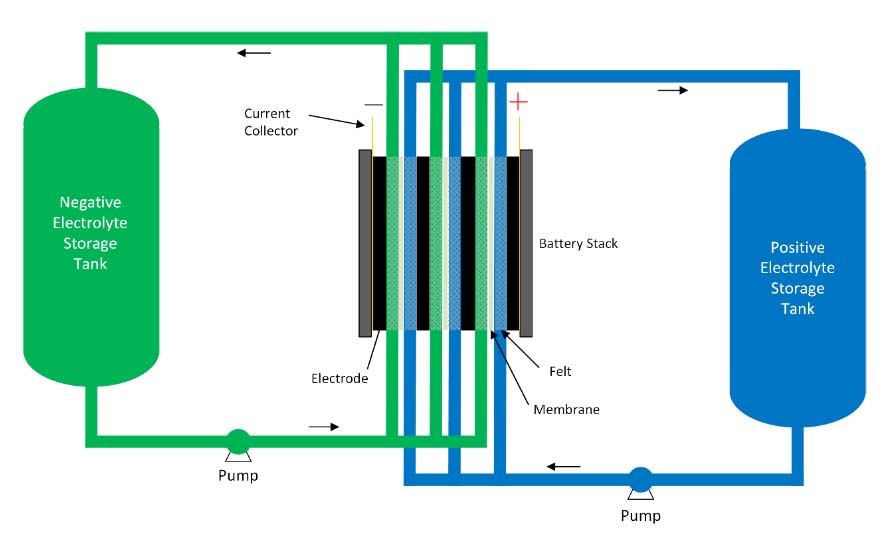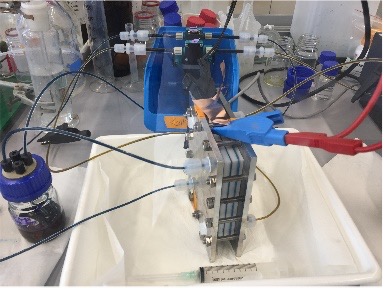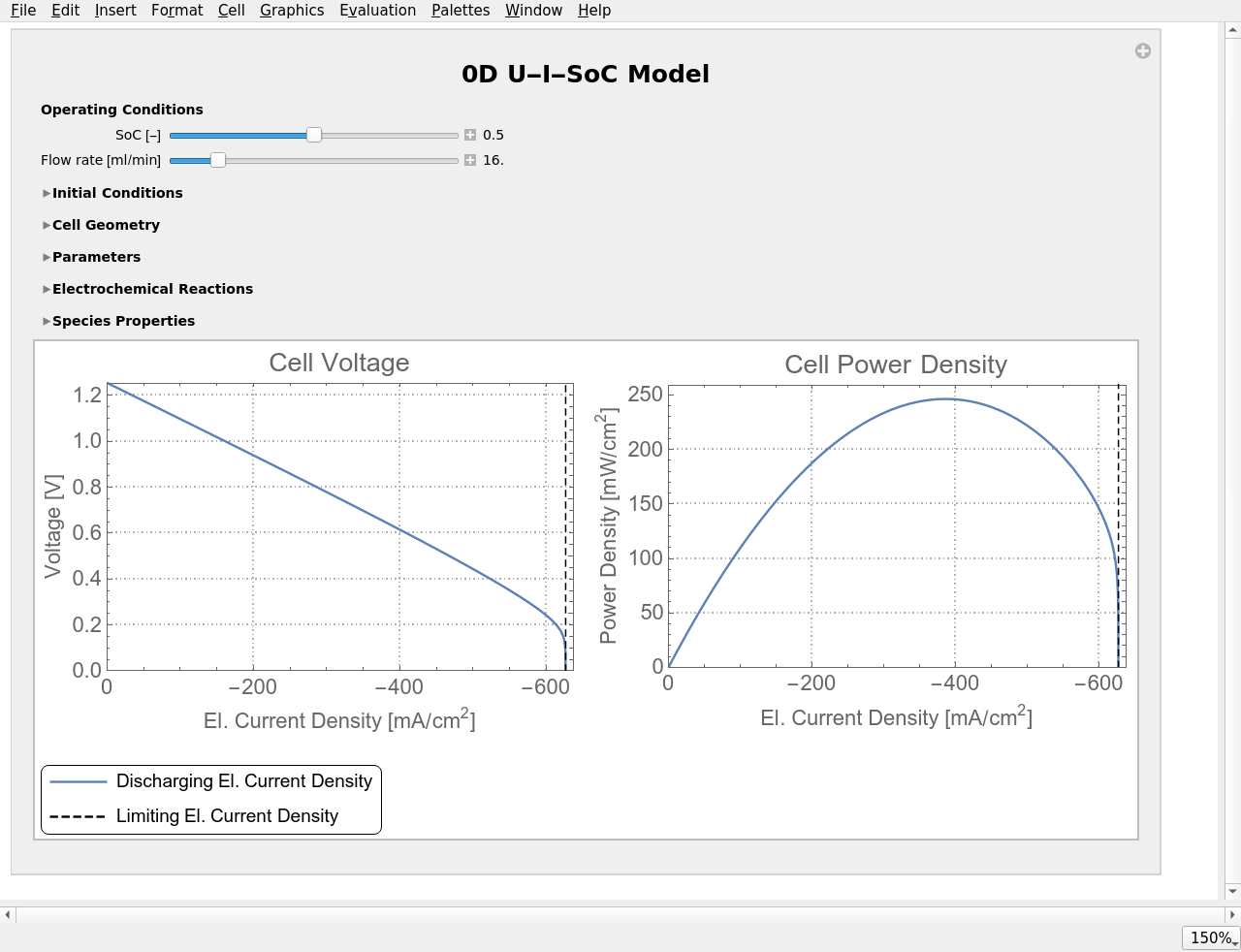Word from the coordinators
Dear readers,
the second year of SONAR is coming to an end and we can look back on a mixed time. On the one hand, we have achieved many minor and major successes; on the other, everything is still overshadowed by the COVID-19 pandemic. SONAR started in January 2020 with the onset of the ongoing pandemic. Face-to-face meetings have been impossible this year, and anti-COVID measures have presented a particular challenge to the two institutes working experimentally (CNRS and Fraunhofer ICT), although so far no long-term delays have resulted.
Work on the modelling has proceeded as planned and, at the beginning of 2021, the partners UNSW and Fraunhofer ICT started work in the areas of stack and system modelling and simulation, and cost analysis. A doctoral student was found for each of these topics; both are now firmly integrated into the project team and have achieved very interesting initial results.
One of the most important events for us was the evaluation of SONAR by the European Innovation and Networks Executive Agency (INEA) on behalf of the European Commission. Through reports and presentations, we were able to communicate the results of our work to the evaluators, who then approved the second stage of the project.
In order to better disseminate the results of SONAR and to raise the profile of flow battery research in general, SONAR is coordinating a network of EU-funded projects on the topic of flow batteries: “FLORES”. This year the network has worked hard to raise political awareness, through the creation of a policy brief on the status of flow battery research and future requirements. This document has attracted wide interest, including among national and EU policy makers. Within the EU there is a comparatively high number of commercial and academic representatives in the field of flow batteries. However, these players need further support to meet the future demand for stationary storage for renewable energies.
A particular highlight of the year's developments in SONAR is the first working version of the high-throughput screening for new organic active materials for redox flow batteries. As reported in the last newsletter, the first step has been taken and the system provides automated redox potentials for the organic class of quinones in hydrogenation and de-hydrogenation reactions. A first version of the software will be presented as a demonstrator at the Smart Energy Conference and Exhibition in Sydney in May 2022, and at a joint workshop between the SONAR and COMPBAT projects in mid-2022. As work progresses, the system will be able to calculate the properties of other substance classes, and a kinetics and cell module will be integrated to calculate the properties of batteries on the basis of individual cells.
A public workshop on modelling and simulation is planned for mid-2022 together with the COMPBAT project. According to current plans, the workshop will take place during the week and at the location of the International Flow Battery Forum. More details will be announced later.
In 2022 there will also be a number of conferences on modelling and simulation. We have submitted papers and posters and will work to increase our dissemination activities as more results are achieved. So there is definitely the opportunity to come into direct contact with a representative of the project if you attend conferences on this topic.
In this newsletter, you will find some articles by SONAR staff on a variety of topics. We hope this will give you a better overview of SONAR's work. While the first newsletter described the basic modelling activities, this newsletter focusses on the 3D cell, stack and system, and cost analysis.
We would also like to take this opportunity to thank our Industrial Exploitation Board (Jena Batteries, SGL Carbon, Volterion, Enerox, Schmalz, SCM) for their generous support.
We wish you a healthy and relaxing Christmas holiday, and a good start to the new year 2022!
Carolyn Fisher & Jens Noack
(Project manager & Project coordinator)
 Modelling for the search for new active materials for redox flow batteries
Modelling for the search for new active materials for redox flow batteries